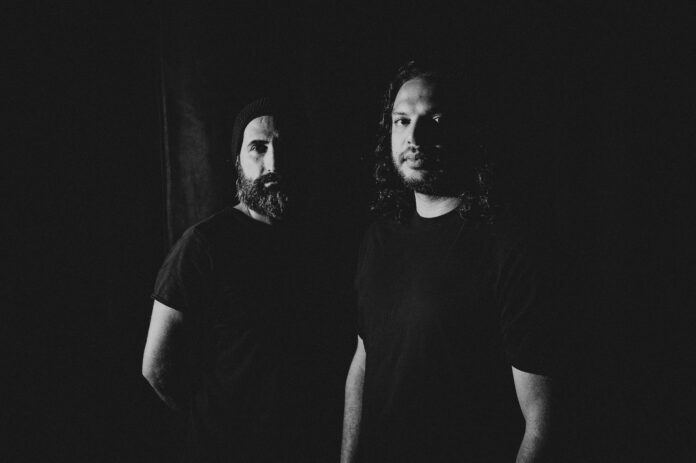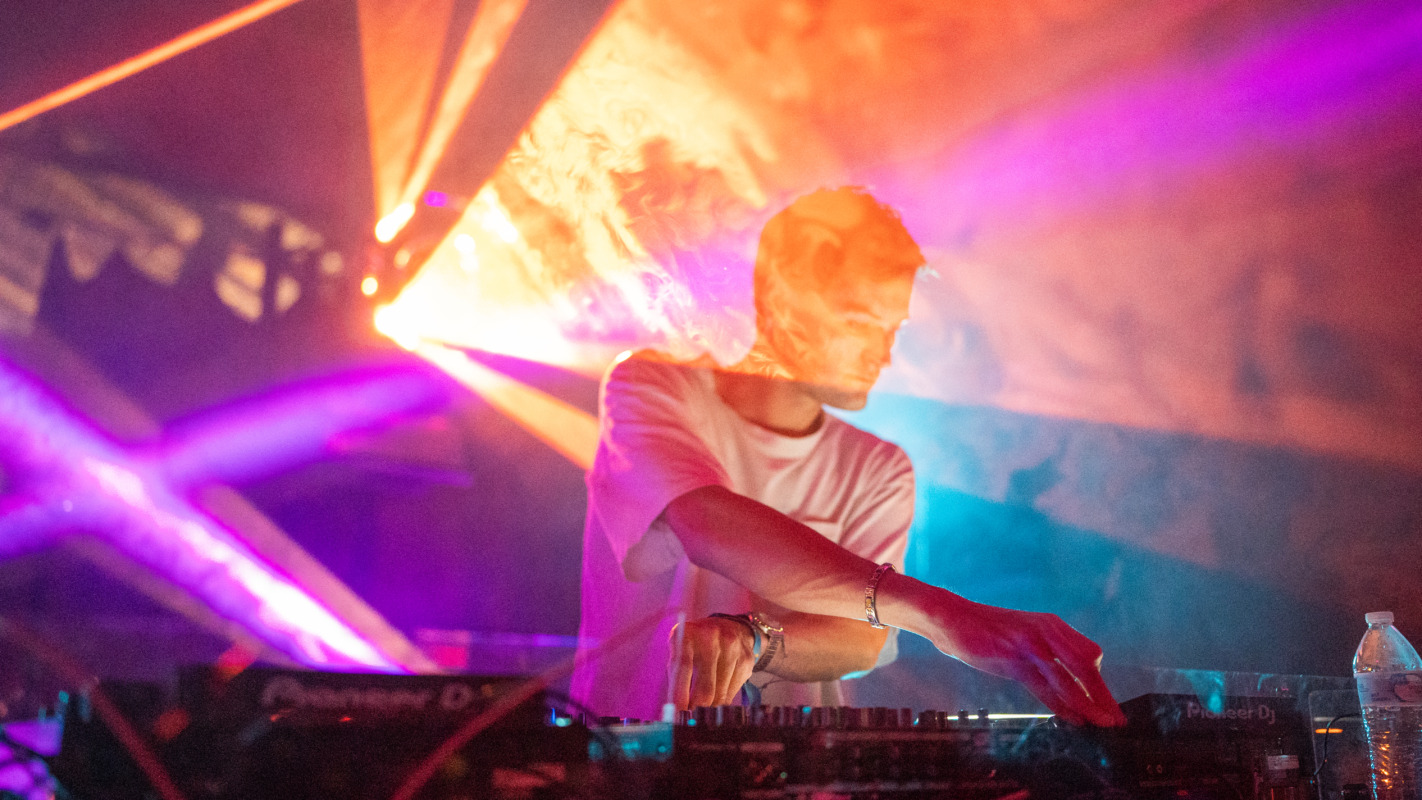Electronic dance music, also called electronic dance music, club music, or just plain dance, is a wide variety of percussive musical styles developed primarily for nightclubs, ravers, and night parties. The production of EDM has evolved from the traditional club dance style to include a wider range and variety of sound producers, DJ’s, and sound mixing. This evolution has also increased the demand for electronic dance equipment, accessories, and supplies.
Club or dance music is usually played at closing time during nightclubs. The DJ plays a selection of songs that will set the mood for the evening. Most clubs have dance floors or dance areas, but there are some that have stages with designated areas for dancing. Most clubs have several types of electronic dance music genres. The music that the DJs play is usually programmed in advance for the night so that dancers can change their music selections to match the programmed music during dance sets.
Club or dance music also includes Latin, Russian, Celtic, New Age, Asian, Middle Eastern, Glitch, and Punk. Electronic dance music is not exclusive to nightclubs, however, as many people enjoy electronic dance at home, bars, clubs, weddings, parties, and other special occasions. Electronic dance can be used in place of dance in a variety of situations such as sports, school dances, and concerts. Electronic dance music allows a wide variety of musical genres and subgenres to be combined into complex and pleasing combinations.
There are three main categories of electronic dance music. The first is modern, which features progressive trance and synthetic beats. The second is traditional dance and it is characterized by a consistent beat pattern, sometimes containing a strong drumbeat. The third is industrial or hard rock, which generally involves heavy percussion and aggressive vocals.
EDM stands for “Electronic Dance Music,” and the term refers to a generic term for any kind of electronic dance music that originates from or is influenced by electronic dance. However, it is often used to describe new age music and is sometimes used to describe new style of music. One of the most popular genres of EDM is called ” dubstep.” Dubstep is characterized by fast, rhythmic beats.
One of the biggest trends in EDM right now is called “minimalism.” This style of dance consists of making music very small. Many top electronic dance artists are incorporating elements of minimalism in their music. Other common elements in minimal dance are repeating chords, minimal drum beats, and using effects such as glitches and reverb.
“EDM Tribal” is another form of electronic dance music. It is characterized by an ethnic, tribal inspired sound. This style is very popular in the United States and is growing in popularity internationally. It includes elements of hip-hop, pop, and classical music. It can also include elements from other cultures and styles. It can be hard to decipher what each artist is trying to say with their music because there is no one word that defines it.
You will find electronic dance music on the radio, on television, videos, the internet, in clubs, and even on T.V. EDM has been getting more popular every year since its inception and it shows no signs of stopping. People all over the world are dancing to it and enjoying the unique sounds and rhythms. As the years go on, you can expect this style of electronic dance music to only grow in popularity.
There are some characteristics that all great electronic dance music has in common. First, it should be completely free form. Some types of EDM do incorporate several instruments into their dance tracks and this makes them even more interesting to listen to and enjoy. Other styles of EDM do not have very many instruments at all in the song. This makes it even more dynamic and exciting. If you are a fan of the dance music and you want something that is hard to find and has a fresh new beat to it, then free form dance music is for you.
The next characteristic that you should look for in electronic dance music is uniqueness. The styles and sounds are as different as their musical backgrounds. Every piece should be a unique creation. If a band releases a song that sounds very much like another but is actually very different, then they have not taken out any of their uniqueness.
Lastly, you should take a listen to the album that the band that you are interested in is putting out. A good electronic artist will be able to take elements from many other styles of electronic music and blend them together into one cohesive whole. Look for songs that sound like a trip down the rave highway or something off of “Wakestone” by Kid Cudi. “Digital Clarity” by Justin Timberlake makes me think of the U.K. style sounds of house music.


